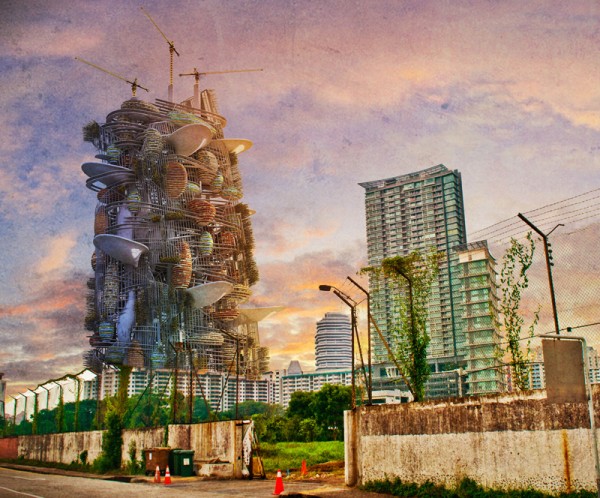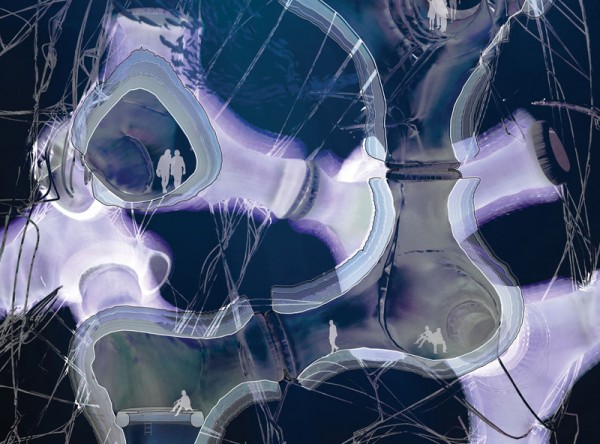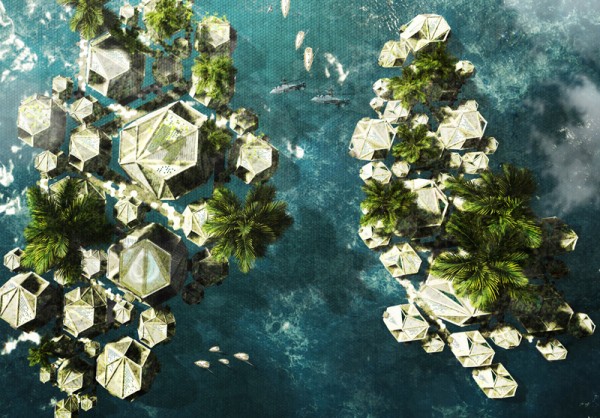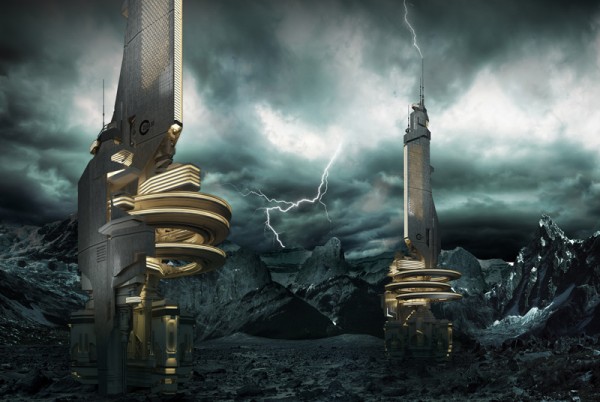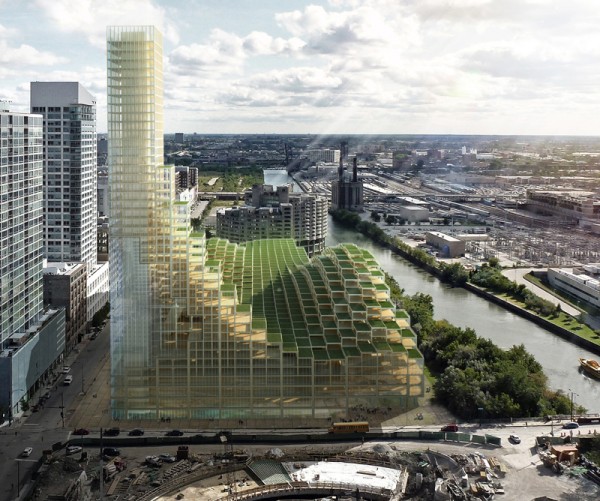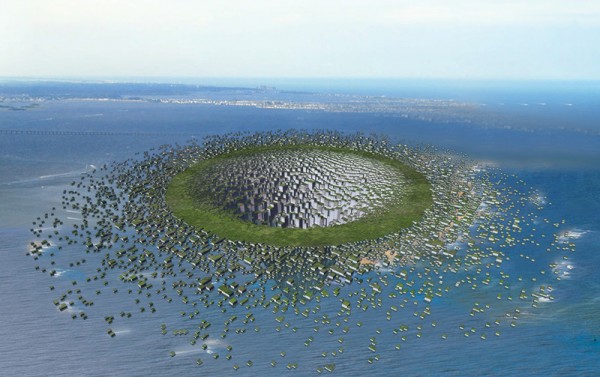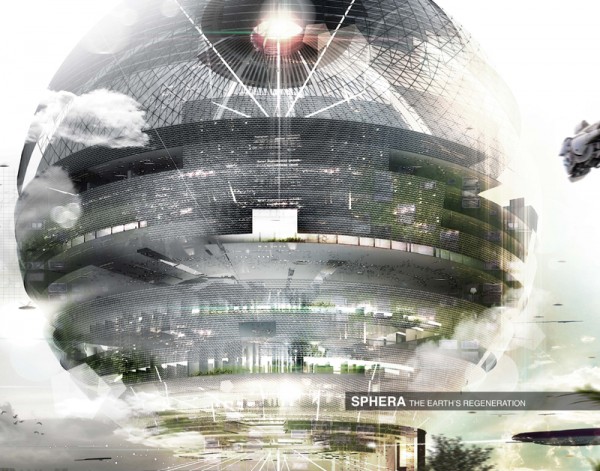Honorable Mention
2013 Skyscraper Competition
Khem Aikwanich, Nigel Westbrook
Thailand, Australia
The Symbiocity project rethinks the way prisons are built and operated in an effort to better criminal justice and rehabilitation systems. Traditionally, say the designers of the Symbiocity, prisons act like a parasite on cities, sucking resources but giving nothing in return. By locating prisons in city cores, they propose, prisoners are surrounded by society (instead of isolated in prisons located in rural areas), and therefore inspired to better themselves so they can reenter society.
Other changes are also proposed: prisoners will be paid more for the work they do while locked up, but they will also be charged for their accommodations, food, and other amenities, inspiring them to work harder to earn perks like nicer cells or better food. Prisons will also be forced to become more self sufficient, instead of relying on taxpayer dollars: this will be done with inmates having to grow their own food in vertical farms and raise their own livestock. It will also take in money by renting out its facilities for functions in the busy, surrounding city, and also selling memberships to the gym located inside, as prisoners only have access to those facilities for part of the day. Read the rest of this entry »

